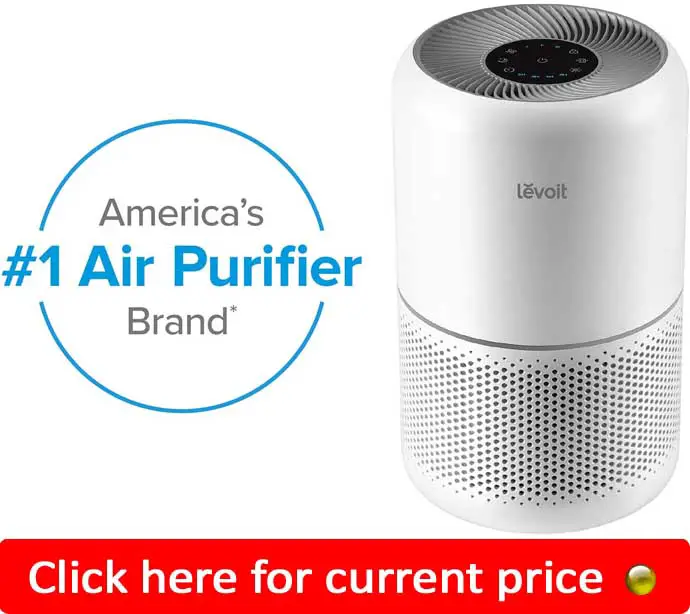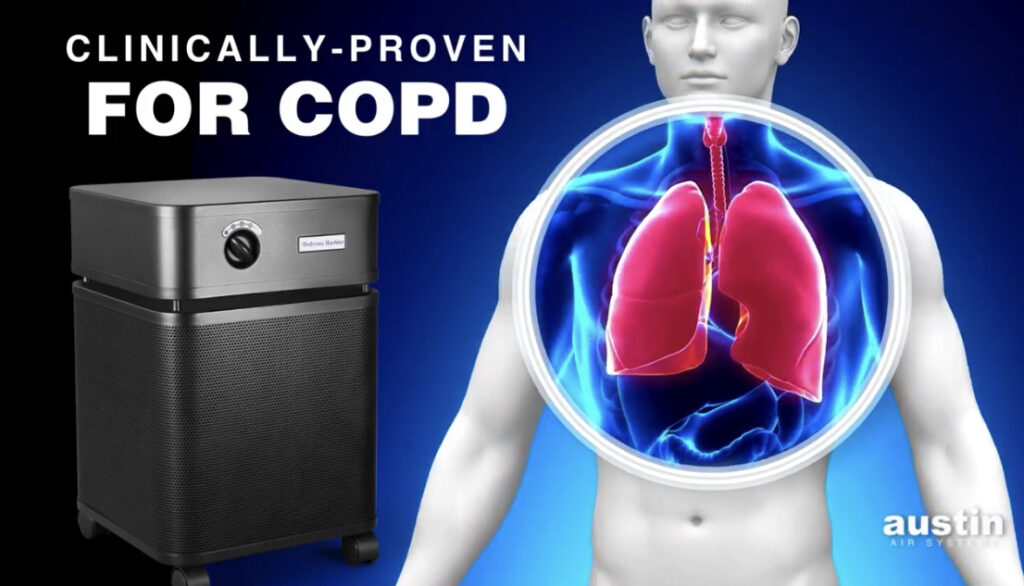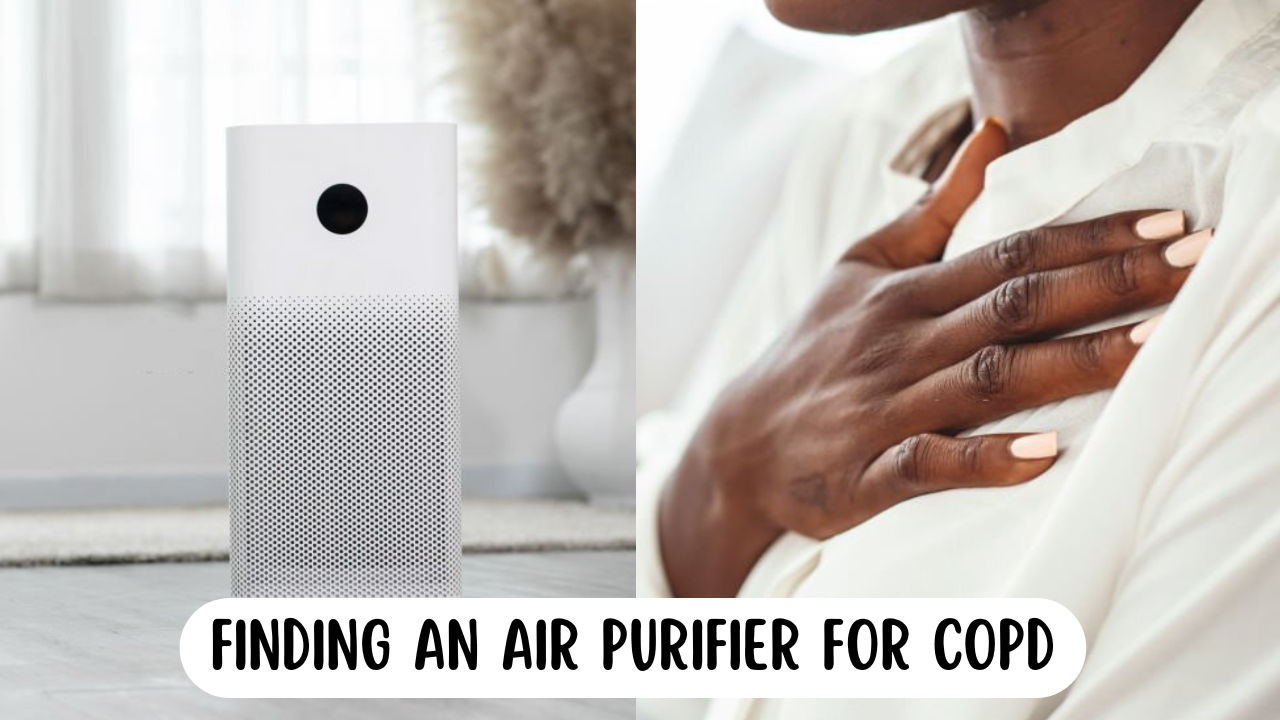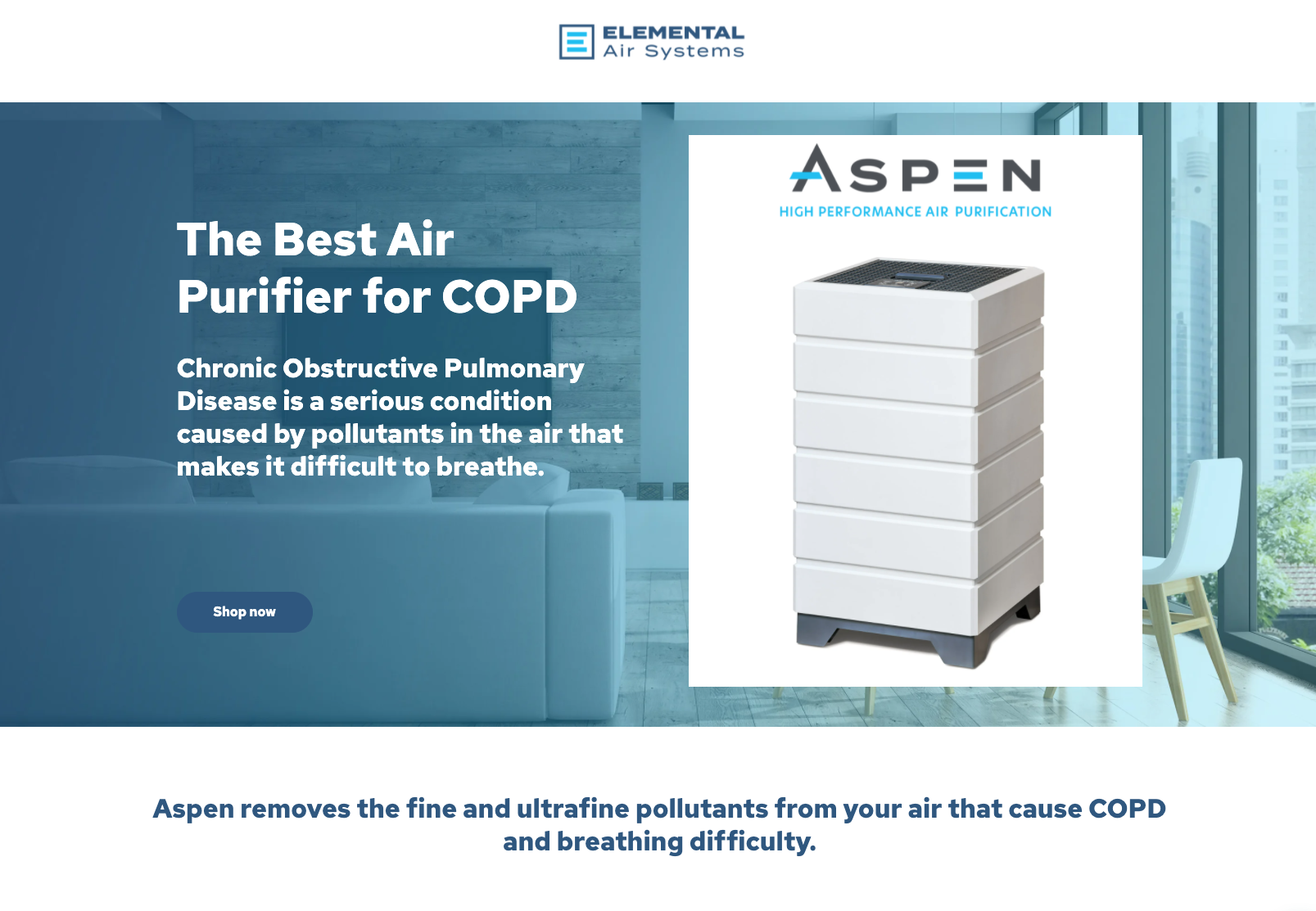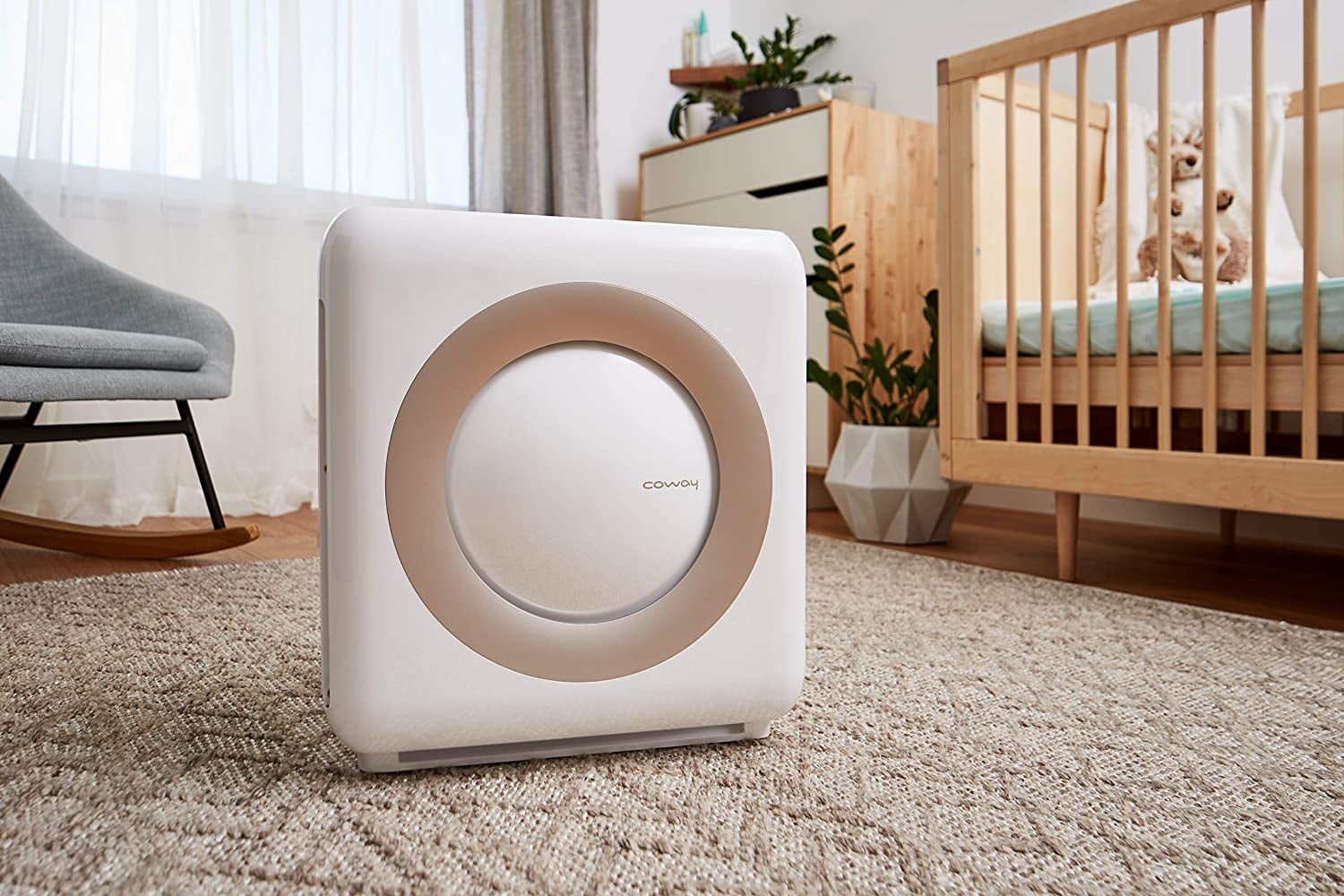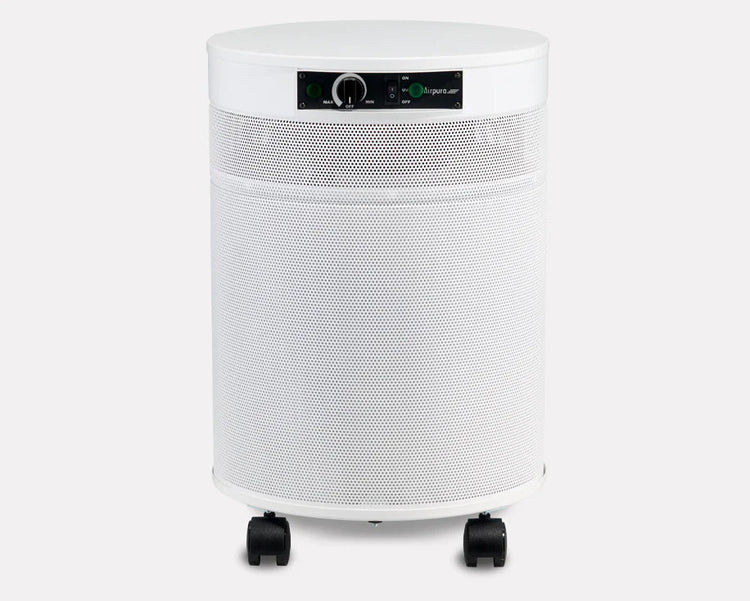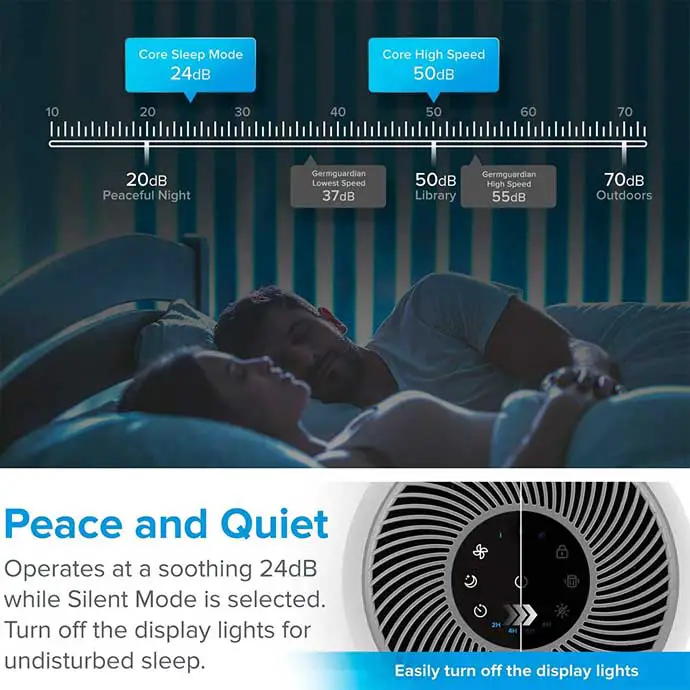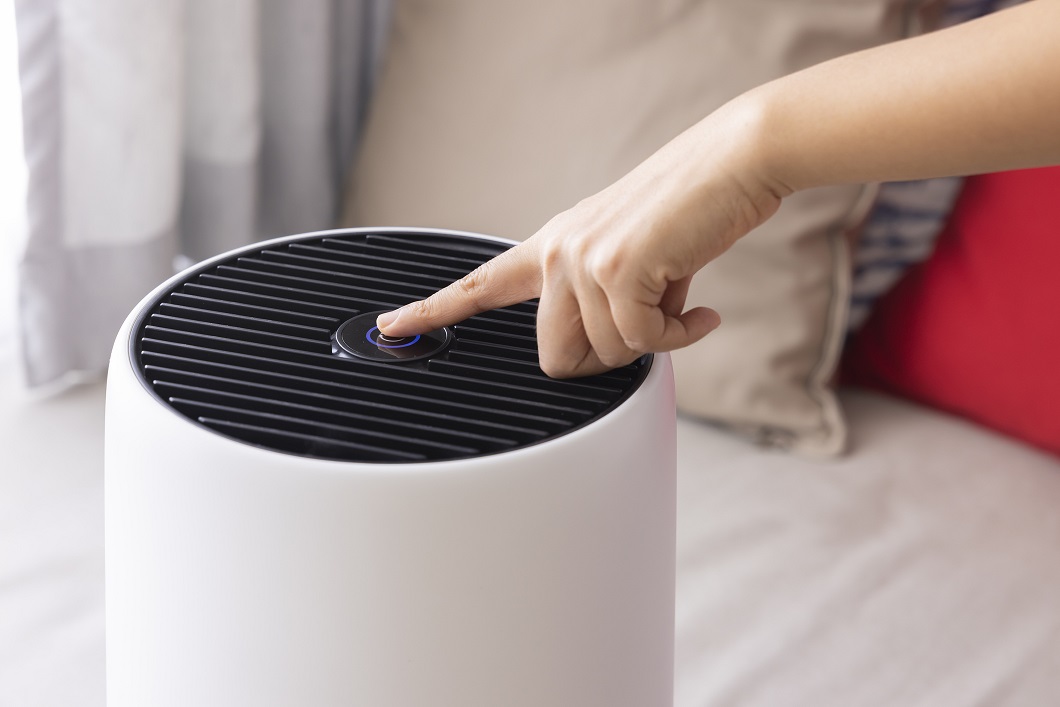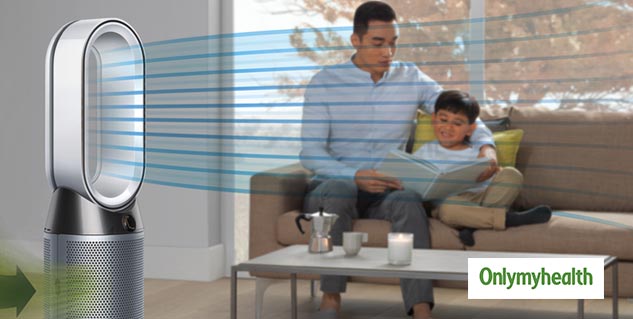What Is The Best Air Purifier For Someone With Copd

For individuals living with Chronic Obstructive Pulmonary Disease (COPD), every breath counts. Minimizing exposure to airborne irritants is crucial, making the selection of an effective air purifier a vital decision. But with a market saturated with options, identifying the best air purifier for COPD can feel overwhelming.
This article explores the key features to look for in an air purifier for COPD sufferers, consulting expert recommendations and research to provide informed guidance. The aim is to empower individuals to make the best choice for their specific needs and improve their indoor air quality.
Understanding the Needs of COPD Patients
COPD is a progressive lung disease that makes breathing difficult. According to the American Lung Association, COPD encompasses conditions like emphysema and chronic bronchitis. People with COPD are particularly vulnerable to the effects of airborne pollutants.
These pollutants, including dust, pollen, pet dander, smoke, and volatile organic compounds (VOCs), can trigger inflammation and exacerbate respiratory symptoms. Effective air purification aims to remove these irritants from the air, reducing the burden on compromised lungs.
Key Features to Consider
Not all air purifiers are created equal, especially when it comes to addressing the specific needs of COPD patients. Several key features differentiate effective air purifiers from less suitable models.
HEPA Filtration
A HEPA (High-Efficiency Particulate Air) filter is the cornerstone of any good air purifier for COPD. HEPA filters are designed to capture at least 99.97% of particles as small as 0.3 microns in diameter.
This includes common allergens like pollen, dust mites, and mold spores, as well as finer particles that can penetrate deep into the lungs. The Environmental Protection Agency (EPA) recognizes HEPA filters as highly effective for removing airborne particles.
Activated Carbon Filtration
While HEPA filters excel at removing particulate matter, they don't address gases and odors. This is where activated carbon filters come in.
Activated carbon filters absorb VOCs, smoke, and other gaseous pollutants, improving overall air quality. For COPD patients sensitive to chemical odors or smoke, this feature is crucial.
CADR Rating
CADR, or Clean Air Delivery Rate, is a measure of how quickly an air purifier can clean a room. A higher CADR indicates faster and more effective air purification.
The Association of Home Appliance Manufacturers (AHAM) certifies air purifiers and provides CADR ratings for different room sizes. Choose an air purifier with a CADR appropriate for the room you intend to use it in.
Ozone Emission
Some air purifiers, particularly those that use ozone generators, can emit ozone. Ozone is a lung irritant and can be harmful to people with COPD.
The California Air Resources Board (CARB) has strict regulations on ozone emissions from air purifiers. Look for air purifiers certified by CARB or those that explicitly state they do not produce ozone.
Expert Recommendations and Considerations
Many experts recommend air purifiers with both HEPA and activated carbon filters for individuals with COPD. Look for models from reputable brands with a proven track record.
Consider the size of the room where the air purifier will be used and choose a model with an appropriate CADR rating. Regular filter replacement is also essential to maintain optimal performance.
Beyond air purifiers, maintaining a clean home environment is crucial. Regular cleaning, vacuuming with a HEPA filter vacuum, and minimizing exposure to indoor pollutants can all contribute to improved air quality for COPD sufferers.
The Impact on Quality of Life
Investing in the right air purifier can significantly improve the quality of life for individuals with COPD. By reducing exposure to airborne irritants, air purifiers can help alleviate respiratory symptoms, improve breathing comfort, and reduce the frequency of flare-ups.
While an air purifier is not a cure for COPD, it can be a valuable tool in managing the condition and promoting overall well-being. The initial investment can lead to long-term benefits in terms of improved respiratory health and reduced reliance on medication.
Ultimately, the best air purifier for someone with COPD is one that effectively removes airborne irritants, is appropriately sized for the room, and does not emit harmful ozone. Consulting with a healthcare professional is always recommended to determine the most suitable options based on individual needs and sensitivities.
